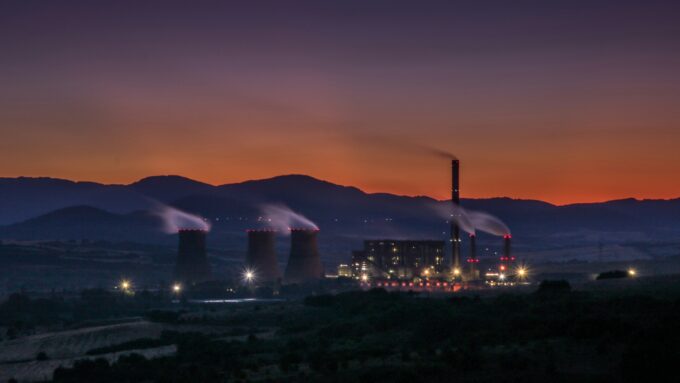
Image by Viktor Kiryanov.
With the passing of the ADVANCE Act (S870, section B), or the Accelerating Deployment of Versatile, Advanced Nuclear for Clean Energy Act, the nuclear lobby has seized our democratic processes and co-opted the climate movement with pervasive lies and profit grabbing. The bipartisan support of the bill arose through widespread corruption, coupled with a nearsighted fantasy of innovation. The already-underregulated nuclear industry has now obtained the legislative means to sacrifice a survivable future for all living things.
Senate Bill 870 was passed “to authorize appropriations for the United States Fire Administration and Fire Fighter Assistance grant programs, [and] to advance the benefits of nuclear energy”. It is evident that the latter clause, and the 93 page ADVANCE Act, was included in the non-contentious 3 page Fire Grants and Safety bill because as a stand-alone bill, it did not garner widespread support. The ADVANCE Act irresponsibly changed the NRC’s regulatory emphasis of public health, safety and environmental protection to a promotional emphasis; “fast tracking” commercial reactors and “updating” reactor licensing regulations which “do NOT limit civilian use (of nuclear power).” With little debate and without public testimony, this nuclear energy legislation passed the Senate by a vote of 88-2 and passed the House by a vote of 393-13. The imprudent decision to pass this bill is unconscionable for reasons detailed here.
1. The decision to combine incompatible mission statements into one agency is bureaucratically and financially untenable. While the Advance Act purports to preserve the Nuclear Regulatory Commission’s (NRC) existing mission of protecting public health, safety and the environment, the act contradicts that mission by mandating the NRC to promote nuclear energy and to “fast track” nuclear licensing regulations. This double mission of protection and promotion is paradoxical and illogical. This conflict is why, in 1974 the U.S. dissolved the Atomic Energy Commission (AEC) and created the NRC as an independent agency to regulate commercial nuclear power, with oversight of public health, safety and the environment. Nuclear promotion and advancement was delegated to the Department of Energy (DoE). These conflicting missions were unacceptable in 1974 and are still unacceptable today.
2. The ADVANCE Act ignores the crisis of pervasive radioactive contamination impacting our country and the imminent threat of widespread catastrophe. It is indisputable that building more nuclear reactors correlates to higher contamination and nuclear disasters. The NRC ought to enforce stringent regulatory processes, but it does not enforce regulations to ensure that existing nuclear energy infrastructure can withstand the increase in natural hazards as a result of climate change. This gap in regulatory standards will be compounded with the consequences of changing the NRCs mission to “advance the benefits of nuclear energy” as the agency will face insufficient funding and infrastructure.
No entity in the United States has the resources to administer a response to a nuclear disaster. On July 1, 2024, the Federal Emergency Management Administration (FEMA) signed a Memorandum of Understanding that exonerates the NRC from responsibility to respond to a nuclear disaster. However, FEMA does not currently have a nuclear response division, and it has already faced budget cuts and staff shortages, all while natural disasters continue to increase at an alarming rate. Additionally, the recent 40 year extension to the Price-Anderson Act (PAA) does not hold the nuclear industry comprehensively liable for a nuclear disaster. According to Beyond Nuclear, “PAA renewal limits the nuclear industries collective cost to just over $16 billion per accident – leaving federal taxpayers liable for the remaining compensation costs.” For comparison, the cost of the Fukushima Daiichi nuclear disaster is estimated to exceed $200 billion. No insurance company has adequate fiscal reserves to offer coverage to homeowners for nuclear disasters. Thus, in addition to threatening the survival of all living things, the ADVANCE Act places the economic burden of a nuclear catastrophe onto the public.
Due to the entire life cycle of producing nuclear energy—including uranium mining, milling, conversion to HF6, centrifuge enrichment, deconversion, fuel fabrication, reactor operations, decommissioning, and spent fuel storage—there have been and continue to be widespread adverse health outcomes. The nuclear industry is an affront to our existing water crisis which will become worse if there is an increase in nuclear power facilities. Nuclear reactors are typically sited on lakes, rivers, and oceans. Water cooled reactors consume between 30 million to 3 billion gallons of water per day, and routinely discharge and release thermal pollution (hot water and hot radioactive particles) into these waterways, devastating marine and ocean ecosystems. Tritium, a radioactive isotope of hydrogen, is the most common element routinely released by nuclear power plants in the form of tritiated water and tritiated vapor (which can result in radioactive rainfall). Between 1990-2017, radioactive leaks were found at 70% of nuclear power plants in the United States. These leaks included cesium-137, which causes radiation sickness and cancer, strontium-90, (nicknamed “bone seeker”) which causes bone cancers, and tritium which causes cancers and birth defects. The impending bioaccumulation of tritium and other radioactive isotopes in U.S. waterways will also result in economic loss, in particular for fishing and agriculture dependent communities. Regardless of any reactor models, without the rigorous oversight of a federal regulatory entity, this industry will continue to harm our environment and livelihoods on a daily basis.
3. Research shows that radiation impacts are gender disproportionate. According to biologist Mary Olson, with equal exposure, girls between the ages of birth to five years suffer from cancer at a rate seven times higher than adult men. Fetuses, and pregnant people are also at heightened risk. When ingested as water, tritium can penetrate a placenta and cause miscarriages and birth defects. However, current NRC standards do not take into consideration non-cancer causing harms to a pregnant person and the fetus when determining regulatory standards. The NRC determines the threshold level of radiation exposure based on “Reference Man”, an adult Caucasian male whose height, weight, anatomy and physiology place “him” in the prime of life. This ideal excludes the majority of Americans, placing more vulnerable individuals and populations at risk and ignoring Tribal Sovereignty, racial and gender equity. Expanding the nuclear industry and accelerating deployment of new reactor technologies will necessarily release more radioactive effluents, create more waste, and worsen contamination burdens and health effects. Those who do not fit within the Reference Man category, in particular children and disadvantaged genders, will bear the brunt.
4. The ADVANCE Act undermines the self-determination of Tribal Nations and creates sacrifice zones in already underserved communities. Low-income, Hispanic, and Indigenous peoples have been disproportionately harmed for generations by private and federal nuclear activities. Author Traci Brynne Voyles writes, in her book Wastelanding, that “patterns of environmental racism tell us that race has become a primary way by which those landscapes of extraction and pollution… are excluded from or ignored by the regulatory protection of the state”. Facilities that constitute the entire nuclear fuel chain are commonly situated nearby communities that are already disadvantaged— the rendering of certain bodies and places as dispensable and pollutable will be amplified through the programs in the ADVANCE Act.
The nuclear industry has committed egregious infractions on the self-determination of Tribal Nations through the entire fuel chain. This criminal and genocidal behavior is evident in the staggering amounts of deaths and illnesses faced by the Native Peoples as a result of the federal and private uranium mining operations: according to Leona Morgan, co-founder of the Nuclear Issues Study Group, “on the Navajo Nation alone, there are over 1100 uranium waste sites associated with approximately 520 abandoned uranium mines”. The Pinyon Plain Mine, which is situated within Havasupai Tribal Lands, reopened in 2024 due to demand by the nuclear industry, despite the Tribe’s unequivocal opposition.
The beginning of the nuclear fuel chain precludes a future with clean water. It is especially egregious to mine uranium during a water crisis in the Southwest which impacts all living things. According to a study conducted by the University of New Mexico’s Native American Budget and Policy Institute, “uranium extraction in and of itself requires vast amounts of water, and even more concerning, no uranium mining operation has ever successfully protected nearby ground or surface water from contamination.” Uranium contamination has disproportionately impacted Tribal Nations; uranium has been found in 85% of homes in the Navajo Nation, and the same study found that the bodies of every single person, including babies, had traces of uranium in their blood. This legacy compounds with the 1979 Church Rock Uranium Mill Tailings Spill which released 94 million gallons of liquid waste and 1100 tons of solid waste into the Puerco River which is the primary source of water for Diné (Navajo) Tribal Members downstream.
The U.S. has had a shameful history of genocide of Indigenous peoples: for the past 700 years Indigenous Peoples have been denied land and water rights, and for the past 60 years many have been poisoned, exploited, and manipulated by the nuclear industry. The harmful consequences of the ADVANCE Act will undoubtedly fall on the Tribal Nations whose sovereignty, spiritual systems and health have already been decimated due to nuclear extraction, exploitation, and contamination. Funding experimentation with new SMR technologies undermines the responsibility of the federal government to remediate harms, particularly as it coincides with the recent expiration (2024) of the Radiation Exposure Compensation Act (RECA), the outcome of the 2023 Arizona vs Navajo Nation Supreme Court ruling which denied water rights to the Navajo Nation, along with the refusal by the United States to ratify the United Nations Declaration on the Rights of Indigenous Peoples. The compounding outcomes of these legislative failures will continue to compromise the self-determination of Tribal Nations.
5. The ADVANCE Act commits the NRC to promote and sell a myth—Small Modular Reactors (SMRs) and so-called “advanced” reactors are unproven and nonexistent. If these experimental SMR designs were developed, they would create high-level radioactive waste (in the form of spent fuel) that is more lethal than the waste already produced by conventional commercial reactors. There is no solution for the permanent isolation and disposal of high-level radioactive waste. SMR designs are proposed to run on high-assay low-enriched uranium (HALEU) fuel which would be enriched to slightly less than 20 weight percent U-235 — just below the internationally recognized value for nuclear weapons potential. Experts have pointed out that enriching reactor fuel to this level overcomes the hardest technological barrier of transforming uranium into nuclear weapons capable material, thereby increasing the likelihood of nuclear proliferation and consequently threatening global security. According to a paper written by five nuclear proliferation experts, HALEU production would “[eliminate] the sharp distinction between peaceful and nonpeaceful nuclear programs,” and would therefore dismantle the entire legal framework for nonproliferation and disarmament. The mass-production of SMRs and HALEU fuel as a result of the ADVANCE Act would diminish the credibility of the United States to uphold nonproliferation standards, and would possibly inspire a Cold War-like race to develop this dangerous and untenable technology.
HALEU would also create more lethal spent fuel and pose serious nuclear proliferation and terrorism risks. Nuclear waste expert Lindsey Krall, in a study co-authored with former NRC Chair Allison MacFarlane, wrote, “our results show that most small modular reactor (SMR) designs will actually increase the volume of nuclear waste in need of management and disposal, by factors of 2 to 30 per unit of energy generated for the reactors in our case study.” SMR’s will necessarily increase environmental and health risks, burdens and impacts from radioactive waste which will build up across generations and threaten not only those of us alive now, but future generations of Americans.
6. The massive subsidies the ADVANCE Act and other recent policies bestowed on the nuclear industry put the financial burden for extension and expansion of the nuclear industry on US taxpayers and ratepayers. The nuclear industry is selling a fantasy of economic growth as a means to harvest subsidies, extracting enormous profits with no mercy, and no federal oversight. The cost overruns at Georgia’s new Vogtle plant reactors are resulting in a 10% increase in monthly electricity bill costs for ratepayers. The total spending on the Vogtle project has already exceeded $35 billion, an astounding increase from the initial $14 billion budget, and the excess in spending is falling on customers.
Ratepayer-financed Decommissioning Trust Funds (DTF) are intended to be used for the safe dismantling of closed nuclear power plants yet are routinely misused for non-decommissioning activities, including promotional spending, restarting shuttered reactors, and preparing decommissioned plant sites for re-nuclearization in particular by Holtec International, LLC. Holtec International has already faced charges of criminal conspiracy, extortion, and bribery, in addition to raiding DTFs. However, in response to the Office of Inspector General’s Audit of the NRC’s Oversight of the Adequacy of Decommissioning Trust Funds, the NRC claimed it is unable to hold the nuclear industry accountable (including Holtec International) for upholding agreements and investment restrictions in 10 CFR 50.75. This self-admitted refusal by the NRC to to develop and implement procedures for oversight into trustee compliance is evidence of existing infrastructural incompetence. The ADVANCE Act will enable the appropriation of what could be hundreds of billions of dollars from the public by means of accelerating the licensing of costly and unproven reactor designs (with expected cost overruns), and the inevitable weakening of oversight as a result of the NRC’s changed mission. The overhaul in the NRC’s commitment to protect public health, safety, and the environment will put Americans at risk while reaching into their pockets.
7. Nuclear energy is NOT clean energy— it is the dirtiest, most dangerous, and hottest energy source. The ADVANCE Act endorses a profound lie that climate change can be solved by expediting licensing to expand the nuclear industry, encourage re-nuclearization of decommissioned sites, and “fast track” unproven reactor designs (Title II, No.4 “accelerated review process to site and construct reactors at existing nuclear sites”). To the contrary, nuclear reactors accelerate climate change through the release of Carbon 14, a radioactive isotope that reacts with oxygen in the atmosphere to create CO2, a greenhouse gas. Nuclear power will also worsen climate disruption through diverting funds away from true clean energy solutions. The White House Environmental Justice Advisory Council has concurred that nuclear power should not be included in the green energy transition.
Conventional commercial nuclear reactors take between 10 and 20 years to bring on line. We are decades away from any possible commercialization of SMRs, SMR projects have already failed, and production will not materialize before 2030. Money the DoE awards to the nuclear industry to pursue unproven SMR designs would be better allocated to truly clean renewable energy sources as a more reliable means to respond to the already-here climate crisis. The passing of the ADVANCE Act reflects a deplorable habit of capitulating to nuclear lobbyists and misdirecting public funding to the nuclear industry. This is an egregious expropriation and will impede an urgent and legitimate clean energy transition.
8. There is no existing solution to the permanent storage and disposal of radioactive waste. The Yucca Mountain Deep Geological Waste Repository project was canceled in 2010 after widespread public opposition as it is located on the Western Shoshone Nation and is prone to seismic and volcanic activity. After the closure of Yucca, the NRC was forced into a moratorium on licensing of nuclear reactors as it could not confidently presume a solution to safely storing waste. Consequently, the NRC developed a revised Waste Confidence policy to streamline licensing and relicensing of nuclear reactors which alleges that irradiated spent nuclear fuel waste may be stored at nuclear reactor sites indefinitely, which contradicts its own admissions that existing on-site storage casks will leak. The NRC Waste Confidence policy ignores the distinct characteristics of individual reactor sites and analyzes environmental impacts through sweeping generalities. It also neglects to consider the aforementioned heightened risk of natural hazards due to climate change. Despite the NRC’s claims to the contrary, high-level radioactive waste cannot remain indefinitely on environmentally unsuitable reactor sites (on potable and ecologically-vulnerable surface water, and in areas prone to earthquakes, erosion, and unstable soil conditions). The ADVANCE Act will result in the production of more waste, and more lethal waste despite the unsolved issue of identifying a permanent, site-specific, scientifically sound, and safe solution to its storage.
The NRC continues to work towards licensing centralized interim storage (CIS) facilities (temporary radioactive waste dumps) sited in eastern New Mexico and West Texas, home to already disproportionately overburdened communities. The construction of CIS sites would be illegal under the Nuclear Waste Policy Act, which requires that the United States identifies a permanent solution for storing high-level waste prior to any construction of a temporary site. These proposed storage facilities are the subject of a current federal court challenge. Transporting spent nuclear fuel to the proposed CIS facilities would entail thousands of shipments through unfit transportation infrastructure. In 2022 alone, there were 952 Class I freight train derailments; a single derailment of radioactive waste could result in widespread catastrophe.
A proposed solution to the waste issue endorsed by the ADVANCE Act is to reprocess nuclear waste; a chemical process to extract plutonium from spent reactor fuel. The reprocessing of fuel does not decrease the total volume of waste, it actually increases the total amount of irradiated materials that will need to be isolated and disposed of. The cost of reprocessing is also exorbitant, both in terms of the price of separating usable fissile materials, and also in terms of the inherent public health and environmental hazards. Reprocessing of spent fuel results in the stockpiling of plutonium (the primary element used in nuclear weapons), thereby increasing the aforementioned threats of proliferation.
Leaving our future generations with the existing task of dealing with over 90,000 metric tons (and growing) of nuclear waste is unconscionable. The ADVANCE Act will exacerbate the impossible: the safe, environmentally just, and permanent storage of high-level radioactive waste which will be lethal for millions of years in the future.
9. The ADVANCE Act would allow foreign entities to buy, build and operate nuclear power reactors here in the United States, and would encourage the export of American nuclear technology. Title III, No 1. of the ADVANCE Act authorizes that “rules will be modernized to reduce restrictions on international investment and issuing reactor licenses to certain foreign corporations and entities.” This compromises our resilience to the climate crisis by empowering an industry that is sincerely committed to corruption to extract uranium, expand harmful technologies, and produce radioactive waste across the globe.
Foreign licensing of nuclear reactors is unacceptable on global security grounds and it increases risks of terrorism and proliferation inherent in SMR and HALEU production. Every nuclear facility can become a target of an attack—the planes that struck the World Trade Center on September 11, 2001 flew directly above the Indian Point Nuclear Reactor, awakening fear that a nuclear disaster can be the result of intentional, politically fueled violence. The vulnerability of reactors—and their link to militarism—has been made evident more recently as threats of a full-scale attack on the Zaporizhzhia Power Plant in Ukraine linger. Israel’s near-miss of two nuclear facilities in Iran in April, 2024, laid bare how any site with radioactive materials is a military strike zone. Foreign licensing of reactors and sharing of nuclear materials will no doubt be perceived as expansionist and antagonistic. The provocative intent to achieve nuclear supremacy with coalition nuclear states is hardly different from the Cold War arms race with inevitable outcome: harm to human health and the environment, and an increased threat to national and global security.
What can we do?
The ADVANCE Act will undermine the climate movement, place humans and the environment at a heightened risk, and disproportionately impact overburdened communities. There are viable, sustainable, and more just ways for the United States to inaugurate a robust and earnest commitment to climate change. Survival is not political and is not optional. In the words of the Nuclear Energy Information Service; “nothing more needs to be invented; just implemented.” The only solution to preventing nuclear reactor accidents, unsolvable waste issues, and increased threat of proliferation is to rapidly phase out nuclear power and direct resources to legitimate clean energy resources like wind and solar, energy efficiency, energy storage; all of which are cheaper, reduce carbon emissions, produce no radioactive wastes, are not vulnerable to meltdowns, and do not threaten global and national security. We need to look critically at the hidden agenda behind the so-called “nuclear revival,” and collectively refute the normalization of legislative corruption, militarism, and greenwashing.
While the ADVANCE Act may look like the final nail in the coffin, we still have the opportunity to unearth a sense of collectivity, and foreground environmental justice in the climate movement. Every piece of legislation that sustains the vestiges of human liberties and environmental protection in the United States have been enacted as a result of popular movements. Increasing public awareness of nuclear issues is a key building block to inspiring a larger movement. Environmental organizations ought to hold themselves accountable for taking a strong position against extraction and pollution of all varieties, and call for a carbon-free AND nuclear-free future.
This article was drafted through the collaborative efforts of the National Radioactive Waste Coalition (NRWC). The NRWC is a campaign of over 45 member organizations working to build a collective voice for environmental justice in national radioactive waste policy that foregrounds the needs of affected communities, and emphasizes the self-determination of Indigenous Peoples.
.jfif?w=599&auto=format%2Ccompress&fit=max&format=webp&dpr=1.0)
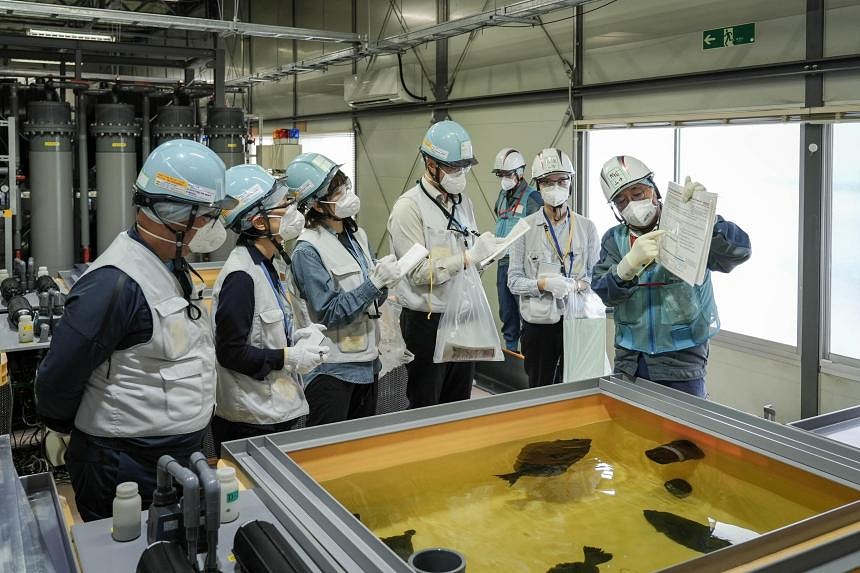
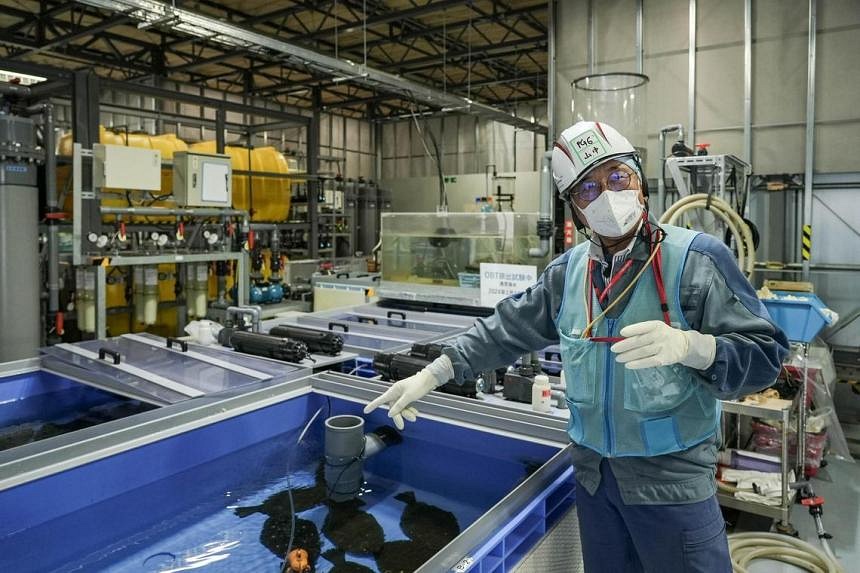
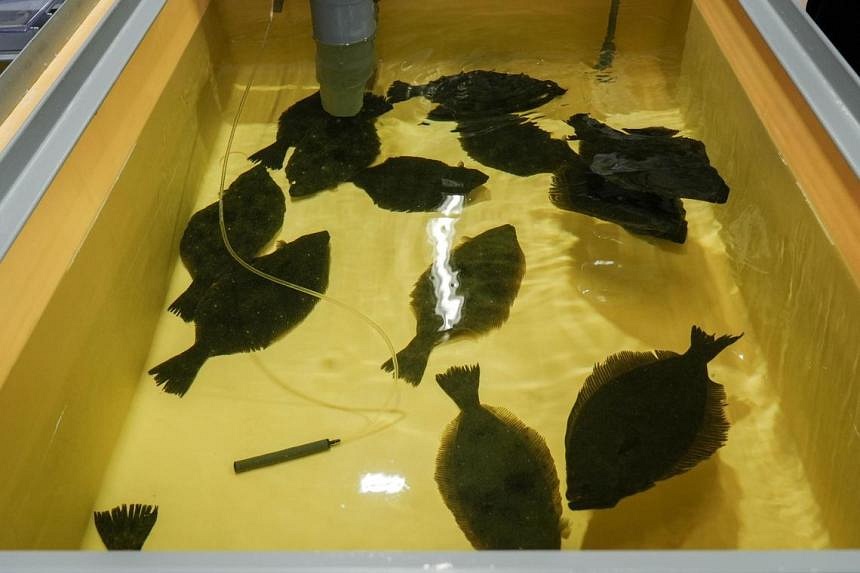
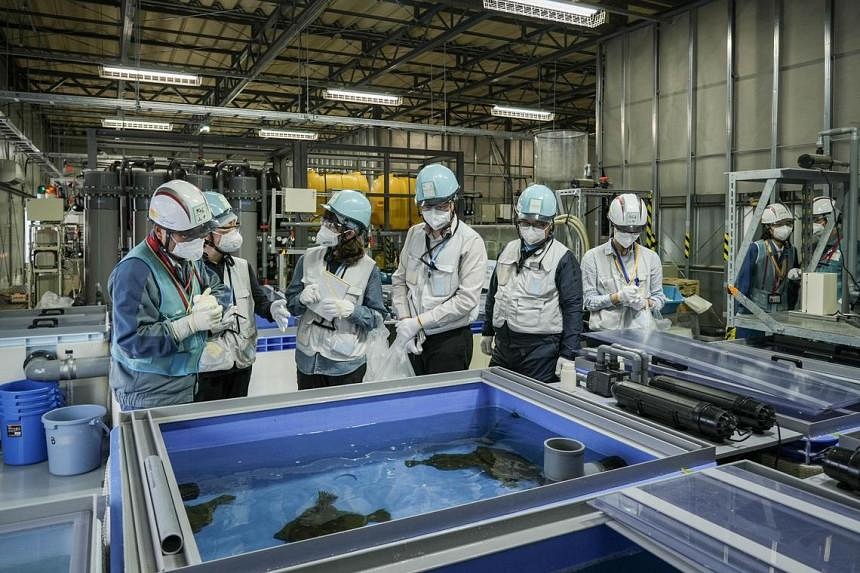
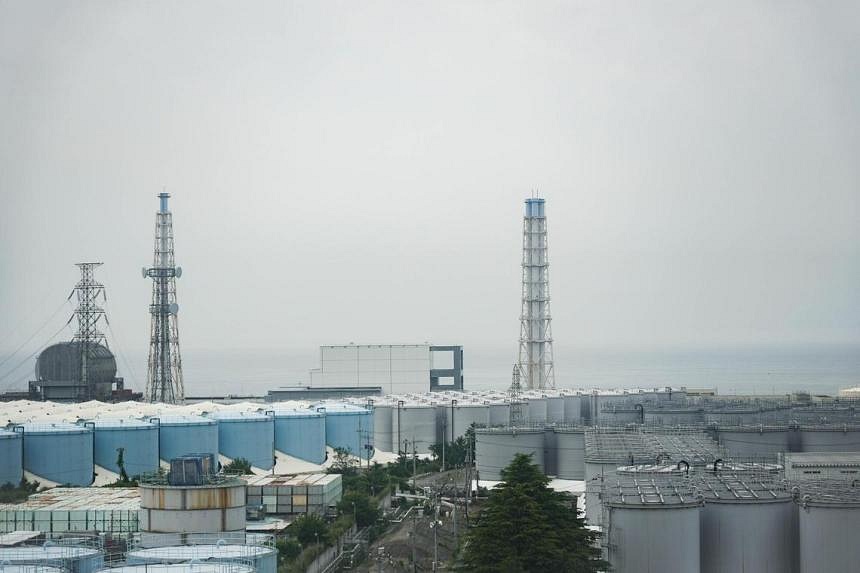
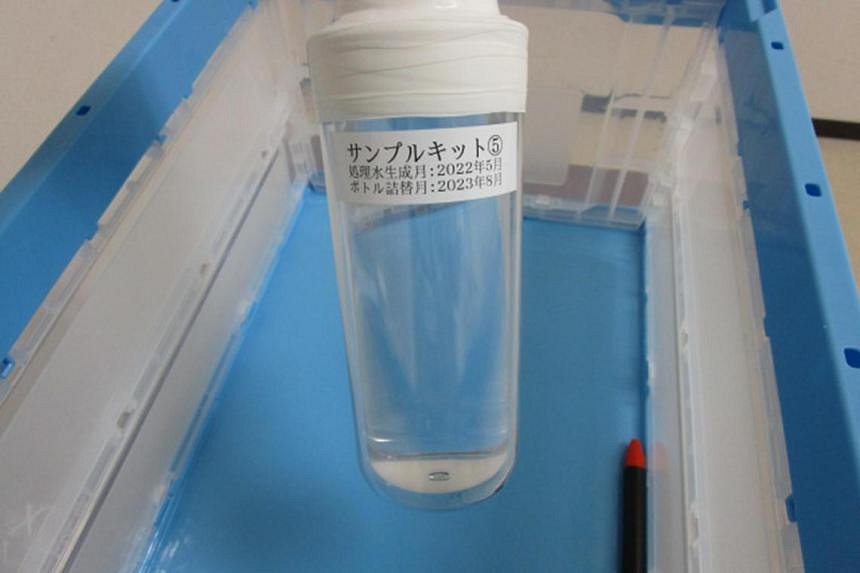
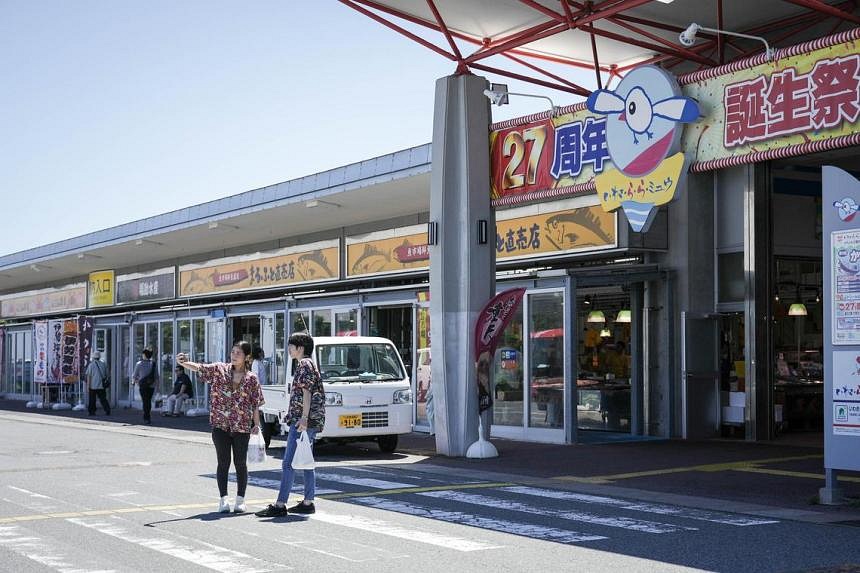




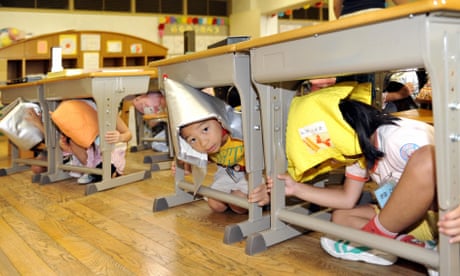









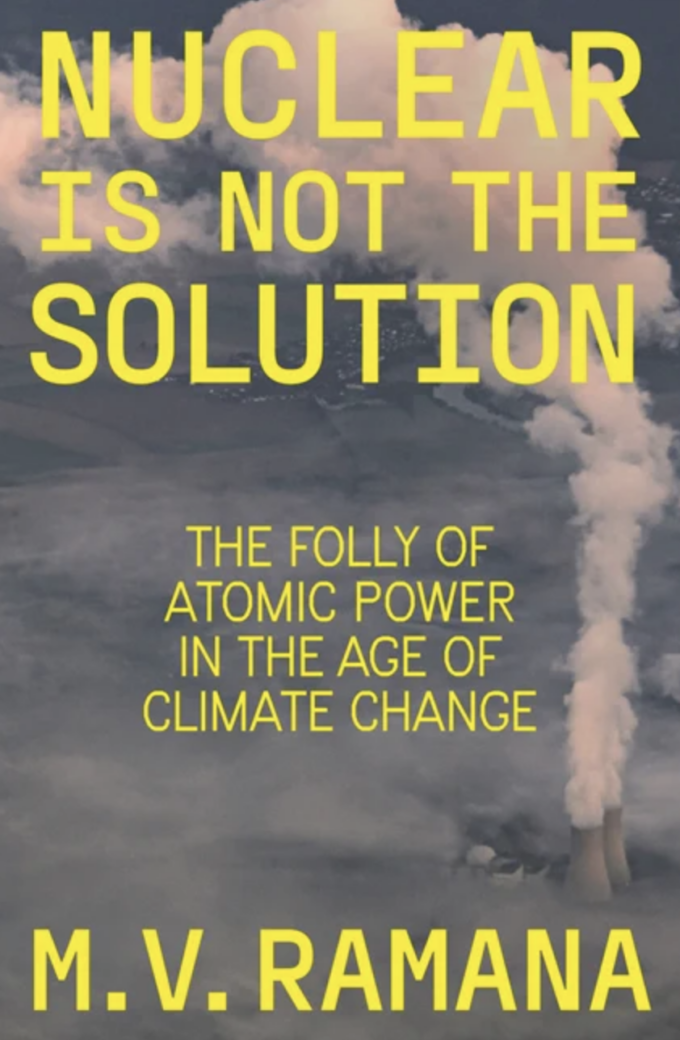


.jpg?ext=.jpg) Duane Arnold pictured before its closure in 2020 (Image: NextEra Energy)
Duane Arnold pictured before its closure in 2020 (Image: NextEra Energy)